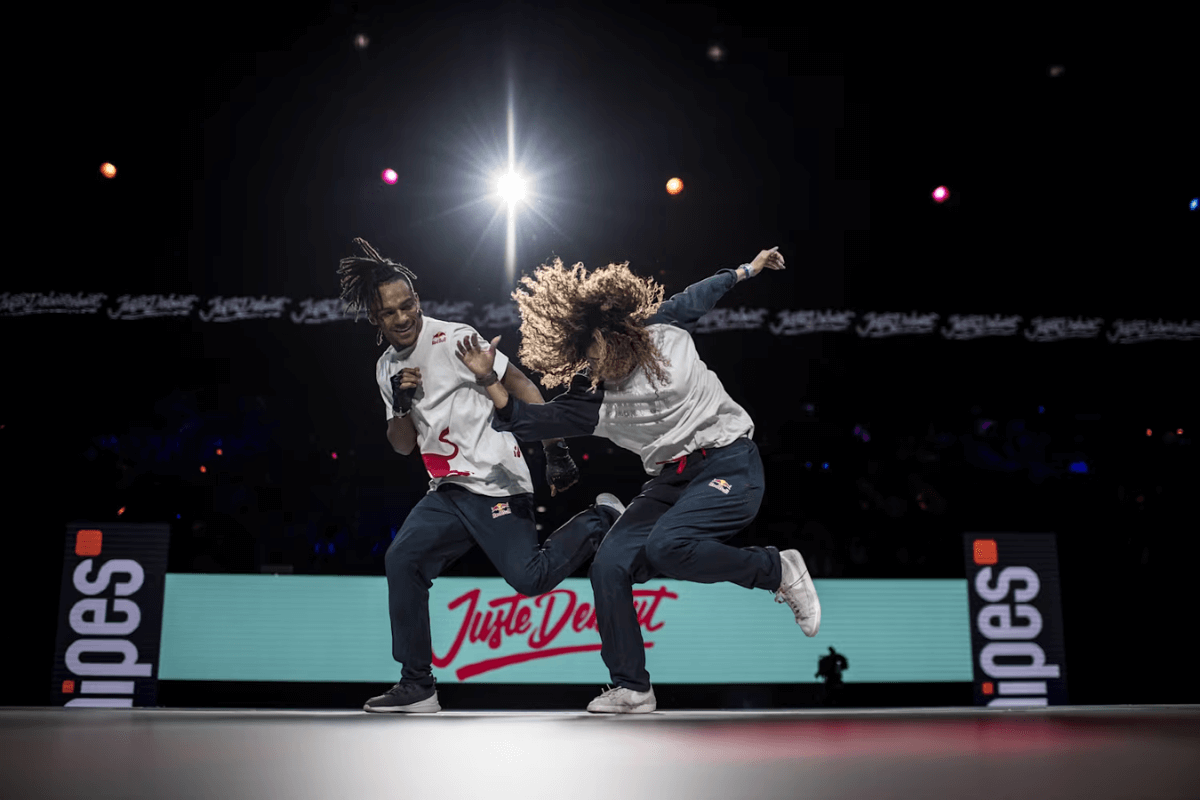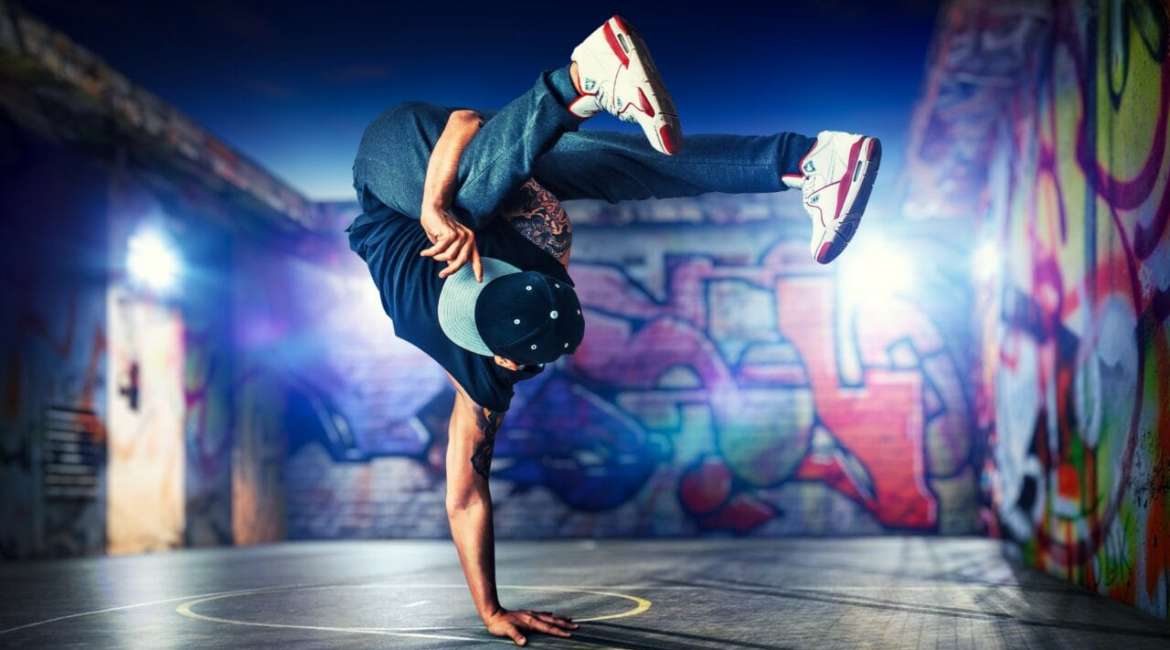Breakdance, a dynamic and expressive form of dance, has undergone significant transformation since its inception as part of the hip-hop culture in the 1970s. This evolution, often referred to as “sportification,” represents a shift from informal, grassroots expressions of art to a more structured and competitive discipline recognized globally, including by the International Olympic Committee. In this article, we will explore the multifaceted importance of creativity in the sportification of breakdance, delving into its historical roots, the impact of creativity on teaching and competition, and practical strategies for fostering creativity among breakdancers.
The Origins of Breakdance: A Historical Perspective
Breakdance emerged in the streets of New York City during the 1970s as a form of expression for marginalized and lower-class youth. Influenced by various cultural elements, including funk music and martial arts, breakdancing provided a platform for self-expression amidst the challenges of urban life. According to Forman (2002), this dance style was initially a response to social injustices, allowing individuals to communicate their emotions and assert their identities through movement.
The roots of breakdance are deeply intertwined with the hip-hop cultural movement, which emphasized peace, unity, love, and fun. As the culture spread, so did breakdance, evolving into a global phenomenon. The introduction of breakdance as an official event in the Paris 2024 Olympic Games marks a pivotal moment in its history, solidifying its status as a legitimate sport and bringing increased visibility and opportunities for dancers worldwide (IOC, 2019).
Understanding Sportification: Mechanisms of Change
The process of sportification, as outlined by Collinet et al. (2013), consists of three primary mechanisms: institutionalization, formalization, and specialization. Each mechanism contributes to the evolution of breakdance from an informal activity to a structured sport.
Institutionalization of Practices
Institutionalization refers to the establishment of organized practices and norms within breakdance communities. As breakdance gained popularity, dance studios, schools, and competitions began to emerge, providing formalized spaces for training and performance. This institutionalization allowed for the cultivation of talent and the establishment of a breakdancing culture that transcended regional boundaries.
Formalization of Standards
Formalization involves creating standardized rules and regulations governing competitive events. This is particularly relevant as breakdance prepares for its Olympic debut. Judges will assess dancers based on specific criteria, including technical skills, creativity, and execution. By implementing standardized scoring systems, breakdance competitions can maintain fairness and consistency, encouraging dancers to push their creative boundaries.
Specialization of Roles
As breakdance becomes more institutionalized and formalized, the roles within the community are also specialized. Coaches, judges, and choreographers play essential roles in shaping the future of breakdance. The specialization of roles fosters an environment where dancers can receive targeted training, enhancing their skills and performance potential.

The Importance of Creativity in Breakdance
Creativity is at the heart of breakdance, serving as a driving force behind its evolution and appeal. The International Olympic Committee’s recognition of breakdance underscores the necessity for dancers to embrace creativity to excel in competitions. This section will explore the significance of creativity in breakdance and its impact on teaching methodologies.
Creativity as a Scoring Criterion
In breakdance competitions, creativity is often a crucial scoring criterion alongside fundamentals, dynamics, and execution of moves (Shimizu and Okada, 2018). Dancers are encouraged to innovate, developing unique styles and incorporating new movements into their routines. This emphasis on creativity distinguishes breakdance from other dance forms, fostering a culture of artistic expression that is vital for competition success.
The Role of Educators in Fostering Creativity
Teachers play a pivotal role in nurturing creativity among breakdance students. Lucas (2016) emphasizes that a teacher’s understanding of creativity directly influences their ability to cultivate creative thinking in their students. If educators lack a clear grasp of what creativity entails, they may inadvertently stifle their students’ imaginative potential.
To address this issue, breakdance instructors should prioritize creativity in their teaching methodologies. Encouraging students to experiment with choreography, explore new movement combinations, and express their emotions through dance can foster a more innovative environment. As students develop their creative skills, they will be better equipped to stand out in competitions.
Bridging the Gap: From Imitation to Innovation
One of the challenges faced by breakdance educators is the tendency for students to imitate the moves of their instructors or peers. While learning through imitation is a natural part of the dance education process, it can hinder the development of individuality and self-expression (Heyes, 2011). To combat this phenomenon, teachers must encourage students to go beyond mere replication and seek their unique voices within their dance practice.
Bergmann (1992) notes that the essence of creative dance lies in the expressive aspect of movement rather than its functional execution. By shifting the focus from perfecting technical skills to embracing personal expression, educators can empower their students to explore their creativity more freely. Creating an open and supportive learning environment where experimentation is encouraged will help break down barriers and inspire students to push their artistic boundaries.
The Evolution of Breakdance: From Cipher to Competition
Breakdance has evolved from informal gatherings known as “ciphers” to competitive arenas, where dancers showcase their skills on a global stage. The transition from cipher to competition reflects the ongoing transformation of breakdance as it gains recognition and legitimacy as a sport.
The Role of Cipher in Artistic Communication
Ciphers, informal dance circles where dancers share their skills and creativity, have played a crucial role in the development of breakdance. These gatherings allow dancers to communicate and exchange ideas through movement, fostering a sense of community and collaboration. As Li and Vexler (2019) describe, ciphers serve as a platform for artistic expression and social connection, enabling dancers to learn from one another and innovate together.
The presence of ciphers in the breakdancing community highlights the importance of artistic communication in the evolution of the dance form. Dancers are encouraged to express themselves authentically, using their bodies as instruments of creativity. This emphasis on individuality and self-expression has been integral to the growth and popularity of breakdance, allowing it to resonate with diverse audiences around the world.
The Transition to Competitive Breakdance
As breakdance gained popularity, the transition to competitive formats became inevitable. The establishment of formal competitions provided dancers with opportunities to showcase their skills and gain recognition for their hard work. However, this shift also introduced new challenges, particularly regarding how creativity is assessed and valued in a competitive context.
As breakdance prepares for its Olympic debut, it is crucial to strike a balance between maintaining the essence of the art form and adapting to the demands of competitive standards. Dancers must continue to innovate while adhering to the criteria set by judges, ensuring that their creativity remains at the forefront of their performances.

Fostering Creativity in Breakdance Education
To prepare students for the competitive landscape of breakdance, educators must implement strategies that nurture creativity and self-expression. This section outlines practical methods for fostering creativity in breakdance instruction.
Encouraging Choreographic Exploration
One effective approach to fostering creativity is to encourage students to explore their choreographic ideas. Breakdance teachers can create assignments that prompt students to develop their routines based on specific themes or emotions. By allowing students to take ownership of their choreography, teachers can inspire them to experiment and innovate.
Incorporating Collaborative Learning
Collaboration can also enhance creativity in breakdance education. Group projects and collaborative choreography allow students to share their ideas, learn from one another, and collectively create unique routines. By working together, students can push each other to think outside the box and embrace diverse perspectives.
Emphasizing Improvisation
Improvisation is a powerful tool for fostering creativity in breakdance. Teachers can incorporate improvisational exercises into their lessons, encouraging students to respond to music spontaneously and explore different movement qualities. These improvisational sessions help dancers develop their unique styles and enhance their ability to think on their feet, both in practice and competition.
Cultivating a Supportive Environment
Creating a supportive and inclusive classroom environment is essential for nurturing creativity. Teachers should promote a culture of encouragement and positivity, where students feel comfortable taking risks and expressing themselves. Recognizing and celebrating each student’s individuality will foster a sense of belonging and inspire them to embrace their creative potential.
Providing Constructive Feedback
Feedback is a crucial component of the learning process, particularly when it comes to fostering creativity. Teachers should offer constructive criticism that encourages students to refine their ideas while highlighting their strengths. By focusing on specific areas for improvement and providing guidance, educators can help students grow as artists while maintaining their creative spirit.
Conclusion: The Future of Breakdance and Creativity
The sportification of breakdance presents both challenges and opportunities for dancers, educators, and the community as a whole. As breakdance prepares for its Olympic debut, the importance of creativity cannot be overstated. Dancers must harness their artistic expression to stand out in competitions, while educators play a vital role in fostering that creativity through innovative teaching methods.
The historical roots of breakdance serve as a reminder of its cultural significance and the power of creativity to inspire change. As breakdance continues to evolve, it is essential to embrace and celebrate the diverse voices within the community. By prioritizing creativity in breakdance education, we can ensure that the next generation of dancers not only excels in competition but also contributes to the ongoing legacy of this vibrant art form. The journey of breakdance is far from over; it is a testament to the enduring power of creativity and the human spirit.


Leave a reply